

Articles
How To Measure For Metal Roof
Modified: August 27, 2024
Learn how to measure for a metal roof with our informative articles. Avoid costly mistakes by following our step-by-step guide.
(Many of the links in this article redirect to a specific reviewed product. Your purchase of these products through affiliate links helps to generate commission for Storables.com, at no extra cost. Learn more)
Introduction
When it comes to installing a metal roof, accurate measurements are essential to ensure a perfect fit. Whether you are replacing an existing roof or starting from scratch, knowing how to measure for a metal roof is crucial to the success of your project.
In this guide, we will walk you through the step-by-step process of measuring for a metal roof. With the right tools and a little bit of patience, you’ll be able to gather the necessary measurements to determine the size and shape of your new roof.
Before we dive into the measurement process, it’s important to note that working with metal roofing requires some basic knowledge of construction and roofing techniques. If you are not confident in your skills, it may be best to consult with a professional roofing contractor.
Now, let’s get started and learn how to measure for a metal roof!
Key Takeaways:
- Accurate measurements are crucial for a successful metal roof installation. Gather the right tools, measure length and width, calculate square footage, and consider additional factors to ensure a perfect fit and efficient installation.
- Consult with a professional if unsure about any aspect of the measurement process. Accurate measurements are essential for ordering the right amount of materials and ensuring a proper fit and installation.
Read more: How To Seal Metal Roof
Step 1: Gather the necessary tools
Before you begin measuring for a metal roof, it’s important to gather all the necessary tools. Having these tools on hand will ensure that you have everything you need to accurately measure your roof:
- Tape measure: A reliable tape measure is essential for measuring the length and width of your roof. Make sure it has a long enough length to reach the entire span of your roof.
- Ladder: Depending on the height of your roof, you may need a ladder to safely access it. Choose a ladder that is sturdy and stable.
- Pen and paper: Keeping track of your measurements is important, so be sure to have a pen and paper handy to record your findings.
- Pencil or marker: Having a pencil or marker on hand will allow you to mark your measurements directly on the roof if necessary.
- Safety gear: It’s always important to prioritize safety when working on rooftops. Wear appropriate safety gear, including gloves, protective eyewear, and non-slip shoes.
Once you have gathered all the necessary tools, you are ready to move on to the next step.
Step 2: Measure the roof length
The next step in measuring for a metal roof is to determine the length of your roof. Follow these steps to accurately measure the roof length:
- Start at one corner of your roof and extend the tape measure along the edge to the opposite corner. Make sure the tape measure is straight and not sagging.
- Read the measurement on the tape measure where it meets the opposite corner. This measurement will give you the total length of your roof.
- Repeat this process on the other side of the roof to ensure accuracy.
- If your roof has multiple sections or slopes, measure each section separately and add the measurements together to get the total length.
It’s important to note that when measuring the roof length, you should measure from the eave to the ridge. The eave is the lower edge of the roof, while the ridge is the highest point of the roof top.
By accurately measuring the roof length, you will have a key measurement that will help determine the size and shape of the metal panels needed for your roof.
Step 3: Measure the roof width
After measuring the length of your roof, it’s time to move on to measuring the roof width. Follow these steps to get an accurate measurement:
- Position yourself at one end of the roof and extend the tape measure horizontally across to the other end.
- Make sure the tape measure is straight and level, running parallel to the eave.
- Read the measurement on the tape measure where it meets the opposite end of the roof. This measurement will give you the total width of your roof.
- If your roof has multiple sections or slopes, measure the width of each section separately.
- Record the width measurement(s) along with the corresponding length measurement(s) for reference.
Keep in mind that the width measurement should be taken at the widest point of the roof. This could be at the center or at a gable end, depending on the design of your roof.
By accurately measuring the width of your roof, you will have the necessary information to calculate the total square footage of your roof surface.
When measuring for a metal roof, be sure to measure the length and width of the roof accurately, including any overhangs. It’s also important to consider the pitch of the roof when calculating the amount of metal roofing material needed.
Step 4: Calculate the total square footage
Now that you have measured the length and width of your roof, it’s time to calculate the total square footage. By determining the total square footage of your roof surface, you’ll be able to accurately estimate the materials needed for your metal roof. Follow these steps to calculate the total square footage:
- Multiply the length measurement by the width measurement. This will give you the square footage of each section of your roof.
- If your roof has multiple sections, repeat the multiplication process for each section and note down the square footage of each.
- Add together the square footage of all sections to get the total square footage of your roof.
For example, if your length measurement is 50 feet and your width measurement is 30 feet, you would multiply 50 by 30 to get a total of 1500 square feet for that section of your roof.
It’s important to note that this calculation assumes a simple rectangular or square-shaped roof. If your roof has irregular or complex shapes, it may be helpful to break it down into smaller sections and calculate the square footage for each section separately.
Calculating the total square footage of your roof will provide you with a vital measurement when it comes to ordering the correct amount of metal roofing materials.
Read more: How To Repair Metal Roof
Step 5: Consider additional factors
While measuring the length, width, and calculating the total square footage are important steps in determining the size of your metal roof, there are a few additional factors to consider before finalizing your measurements:
- Overhangs and eaves: Take into account any overhangs or eaves that extend beyond the main roof surface. These areas will require additional materials to provide proper coverage and protection.
- Slope or pitch: Consider the slope or pitch of your roof when calculating the materials needed. Steeper roofs may require more metal panels or additional accessories for proper installation.
- Weathertightness: Ensure that your measurements account for any necessary overlaps or allowances for weathertightness. This will help prevent water infiltration and ensure a durable roof system.
- Waste factor: It’s always recommended to include a waste factor when ordering materials. This accounts for any cutting, fitting, or potential errors during installation.
- Manufacturer guidelines: Consult the manufacturer’s guidelines or product specifications for any specific requirements or recommendations regarding measurements and material calculations.
By taking these additional factors into consideration, you can ensure that you have accurate measurements and account for any specific needs of your metal roof installation.
Keep in mind that if you are unsure about any of these factors or need assistance, it’s always a good idea to consult with a professional roofing contractor or directly contact the manufacturer for guidance.
Conclusion
Measuring for a metal roof is a crucial step in ensuring a successful and efficient installation. By following the steps outlined in this guide and considering the additional factors, you can accurately determine the size and shape of your metal roof, as well as estimate the materials needed.
Remember to gather the necessary tools, including a tape measure, ladder, pen and paper, and safety gear, before you begin. Measure the length and width of your roof, calculate the total square footage, and take into account any additional factors such as overhangs, slope, weathertightness, waste factor, and manufacturer guidelines.
Accurate measurements are essential for ordering the right amount of materials and ensuring a proper fit and installation. If you are unsure about any aspect of the measurement process or need assistance, it’s always advisable to consult with a professional roofing contractor or contact the manufacturer of the metal roofing materials.
By taking the time to measure your metal roof correctly, you can set the foundation for a durable, long-lasting roof that not only enhances the aesthetic appeal of your home but also provides superior protection against the elements.
So, whether you are replacing an old roof or embarking on a new construction project, be sure to follow these steps and measurements to measure for a metal roof accurately. Good luck with your metal roofing endeavor!
Frequently Asked Questions about How To Measure For Metal Roof
Was this page helpful?
At Storables.com, we guarantee accurate and reliable information. Our content, validated by Expert Board Contributors, is crafted following stringent Editorial Policies. We're committed to providing you with well-researched, expert-backed insights for all your informational needs.
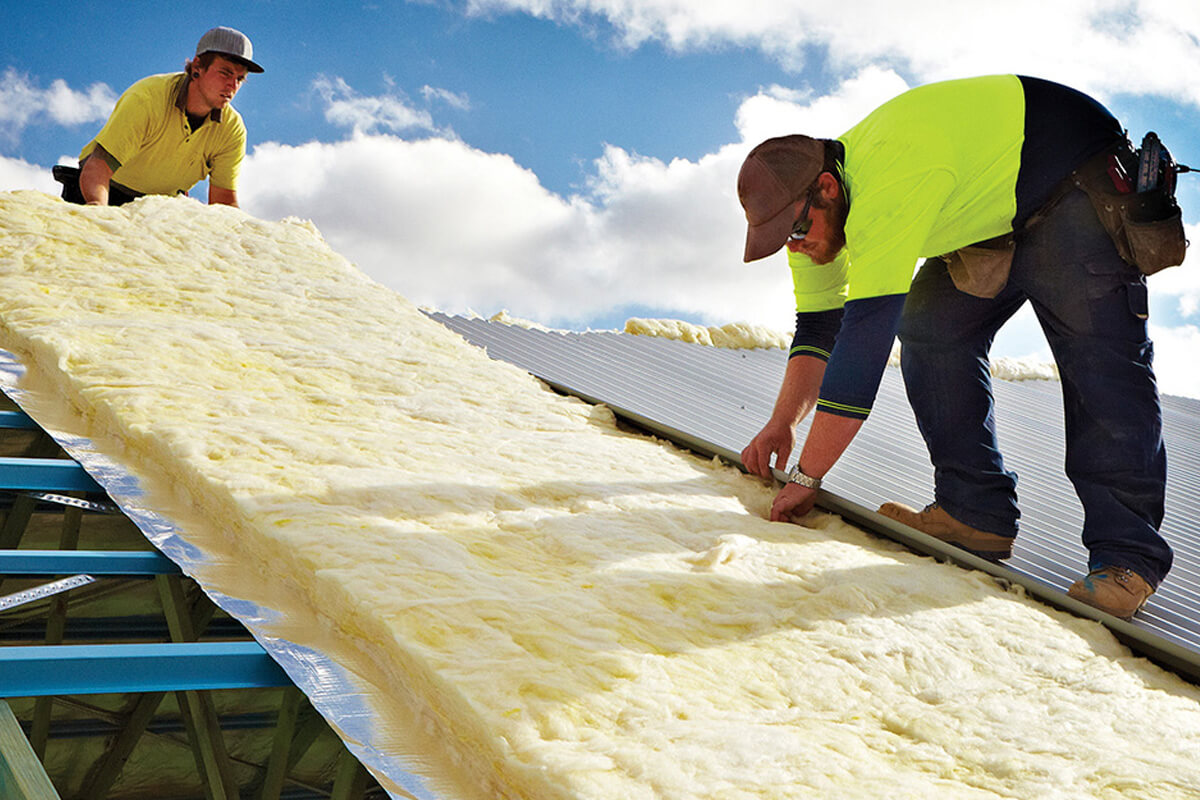
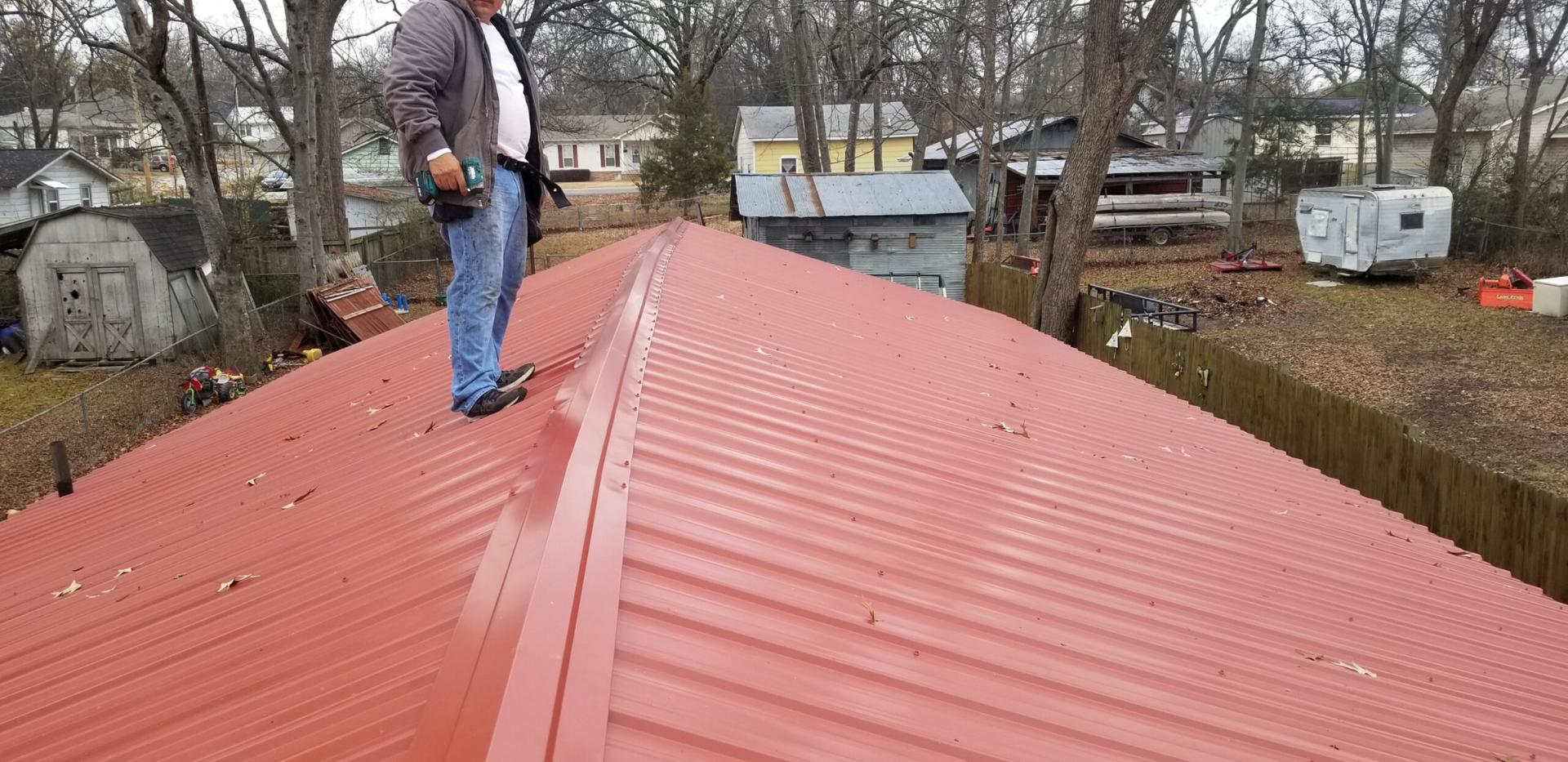
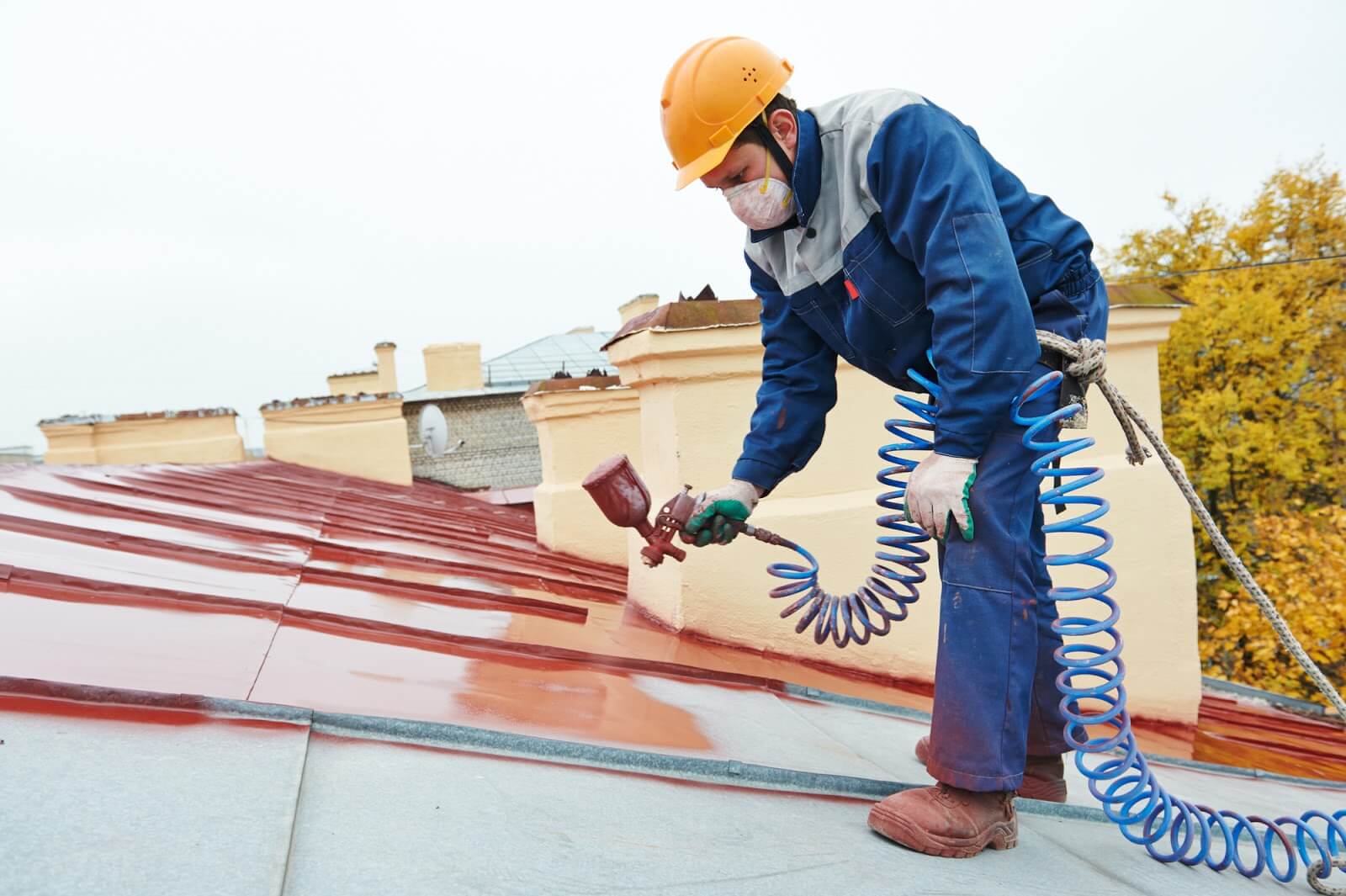
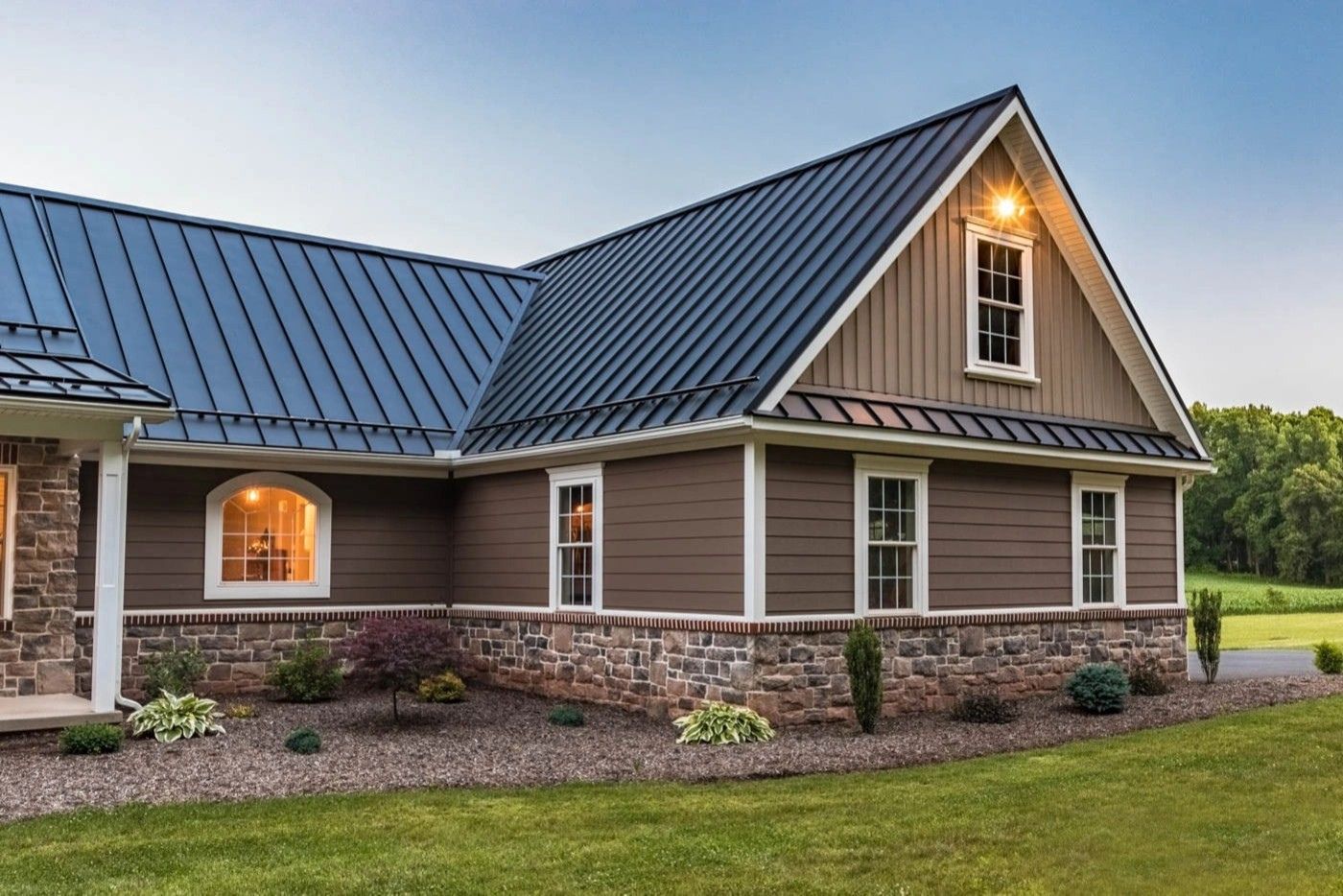
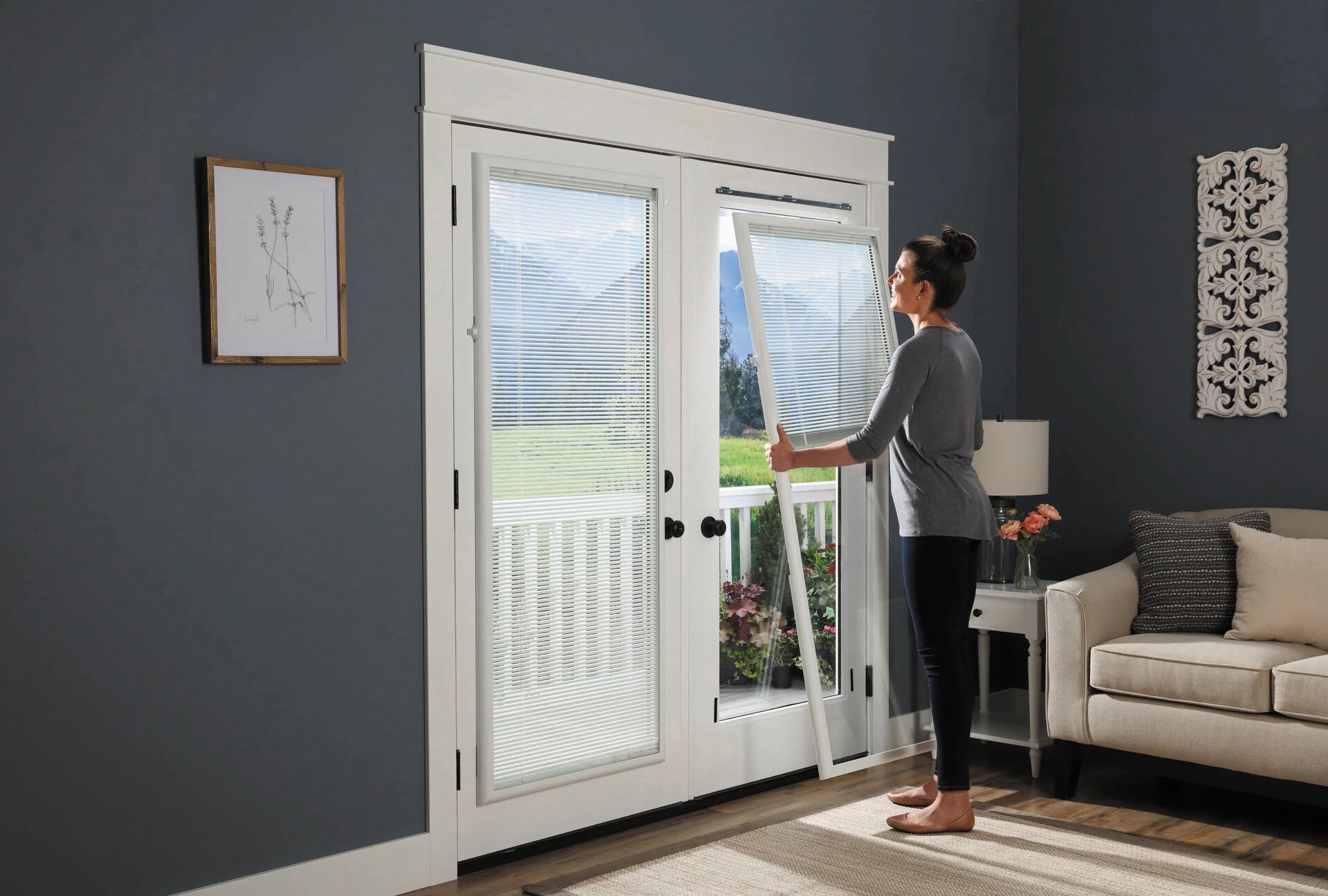

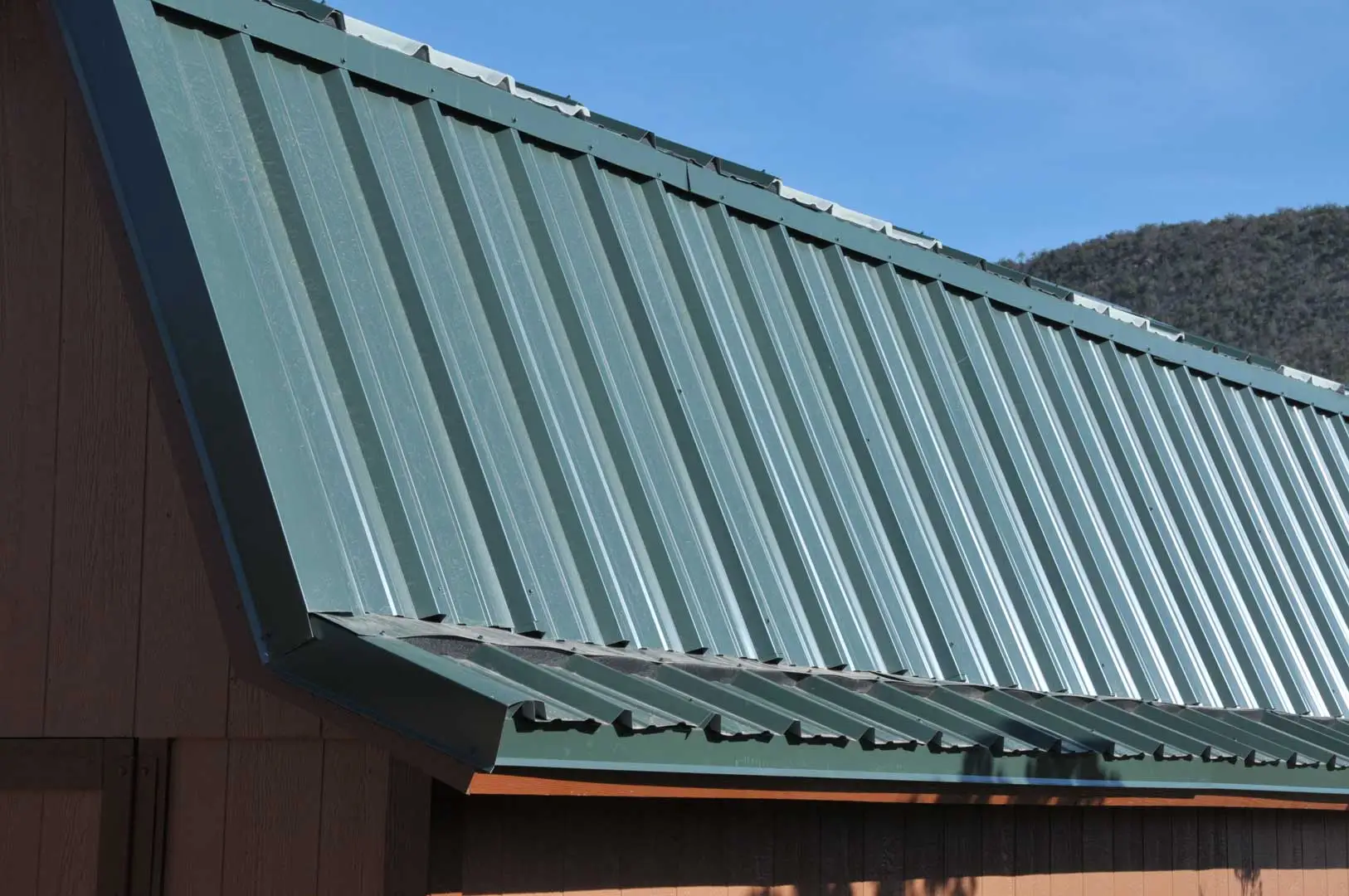
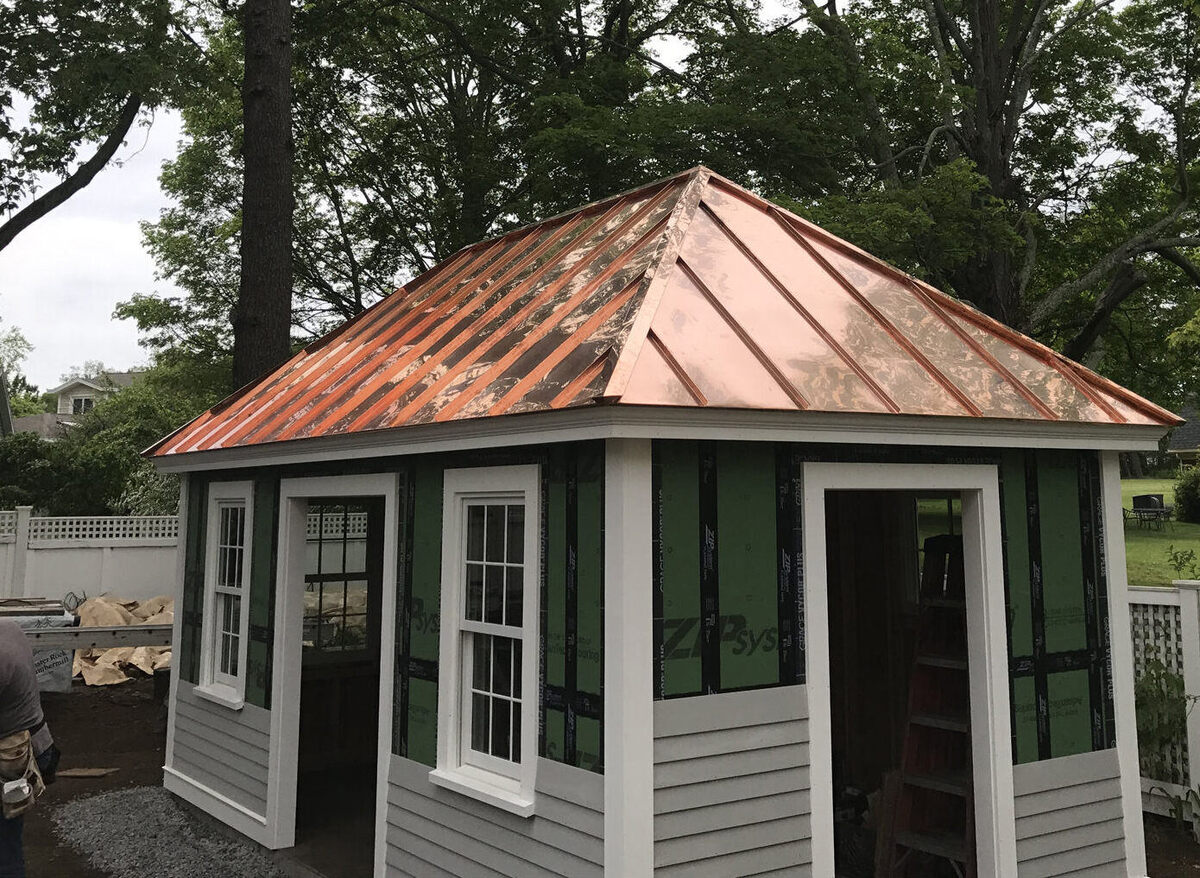
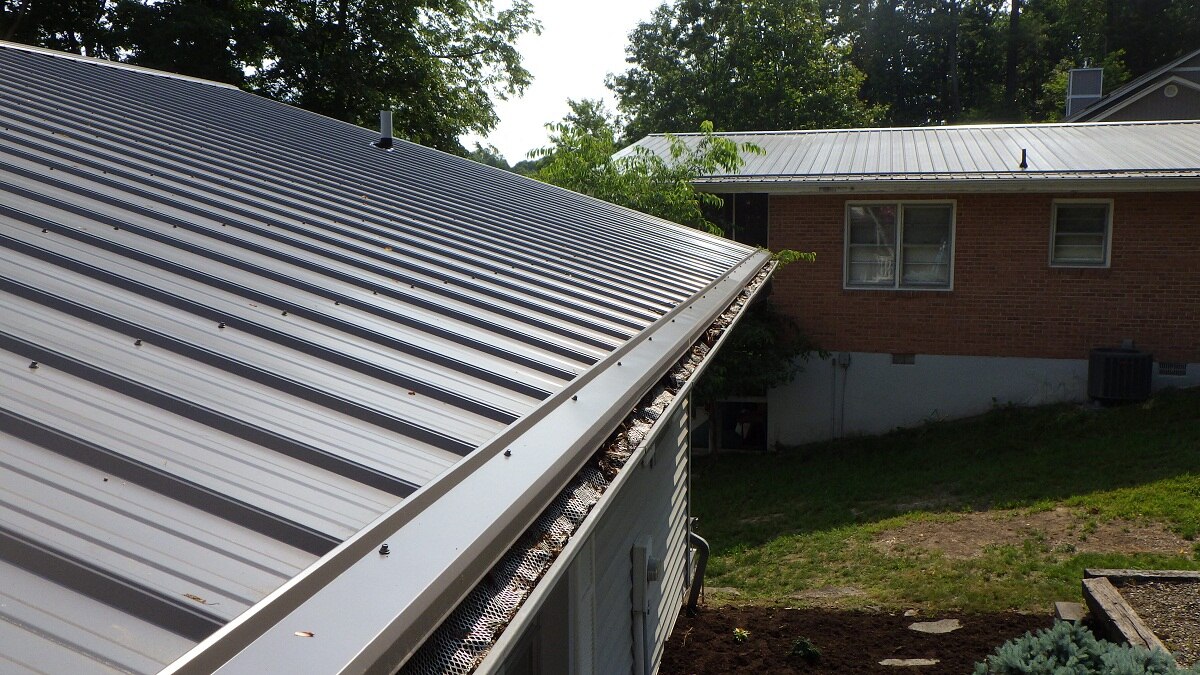
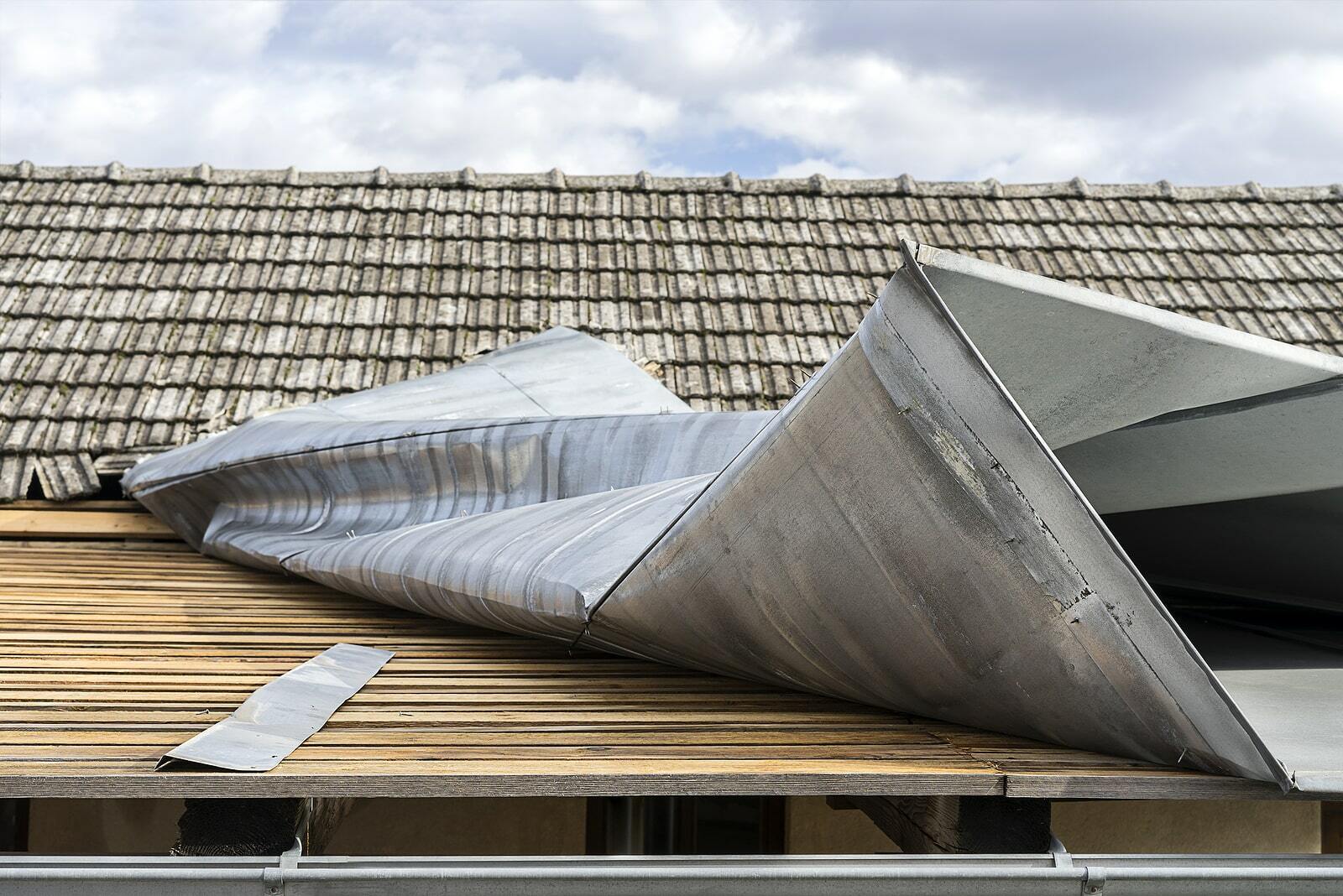
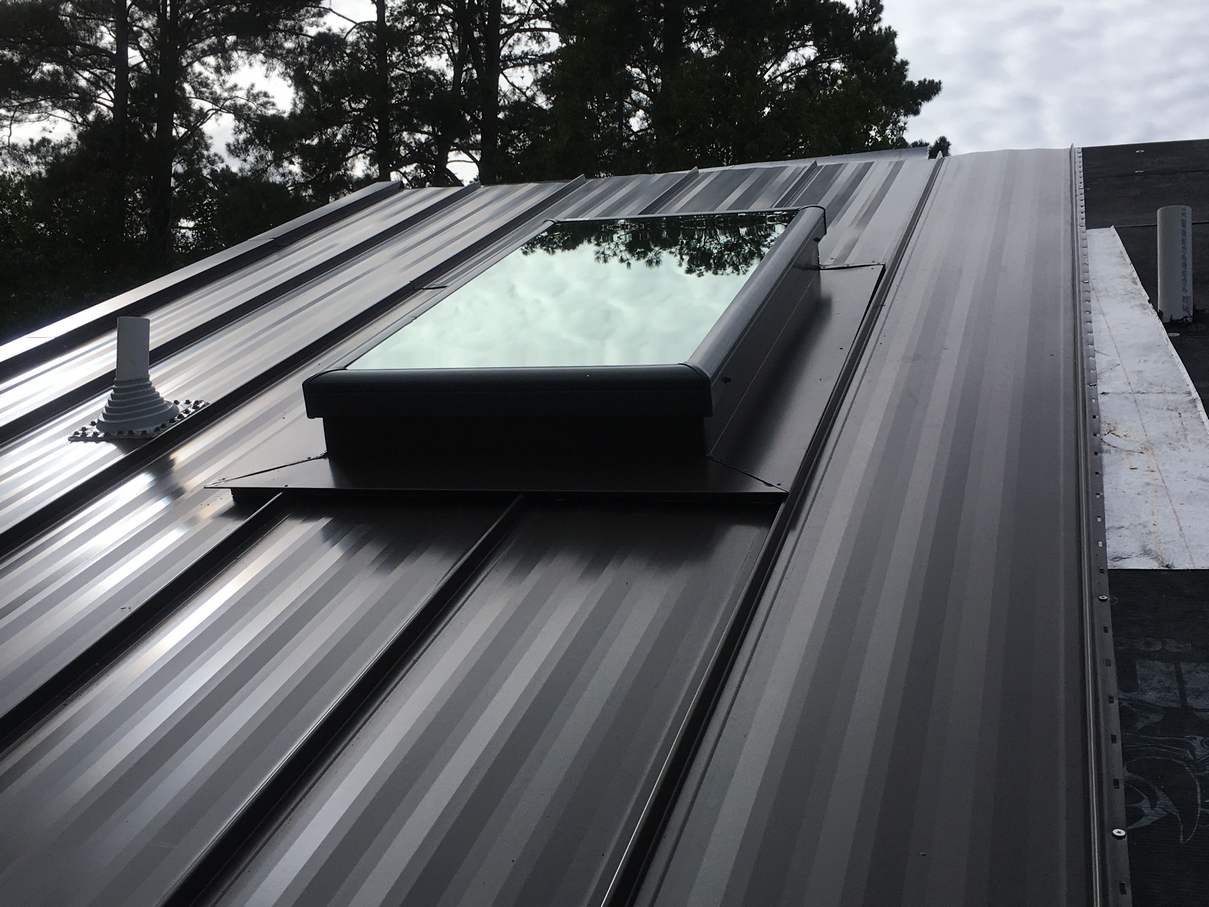
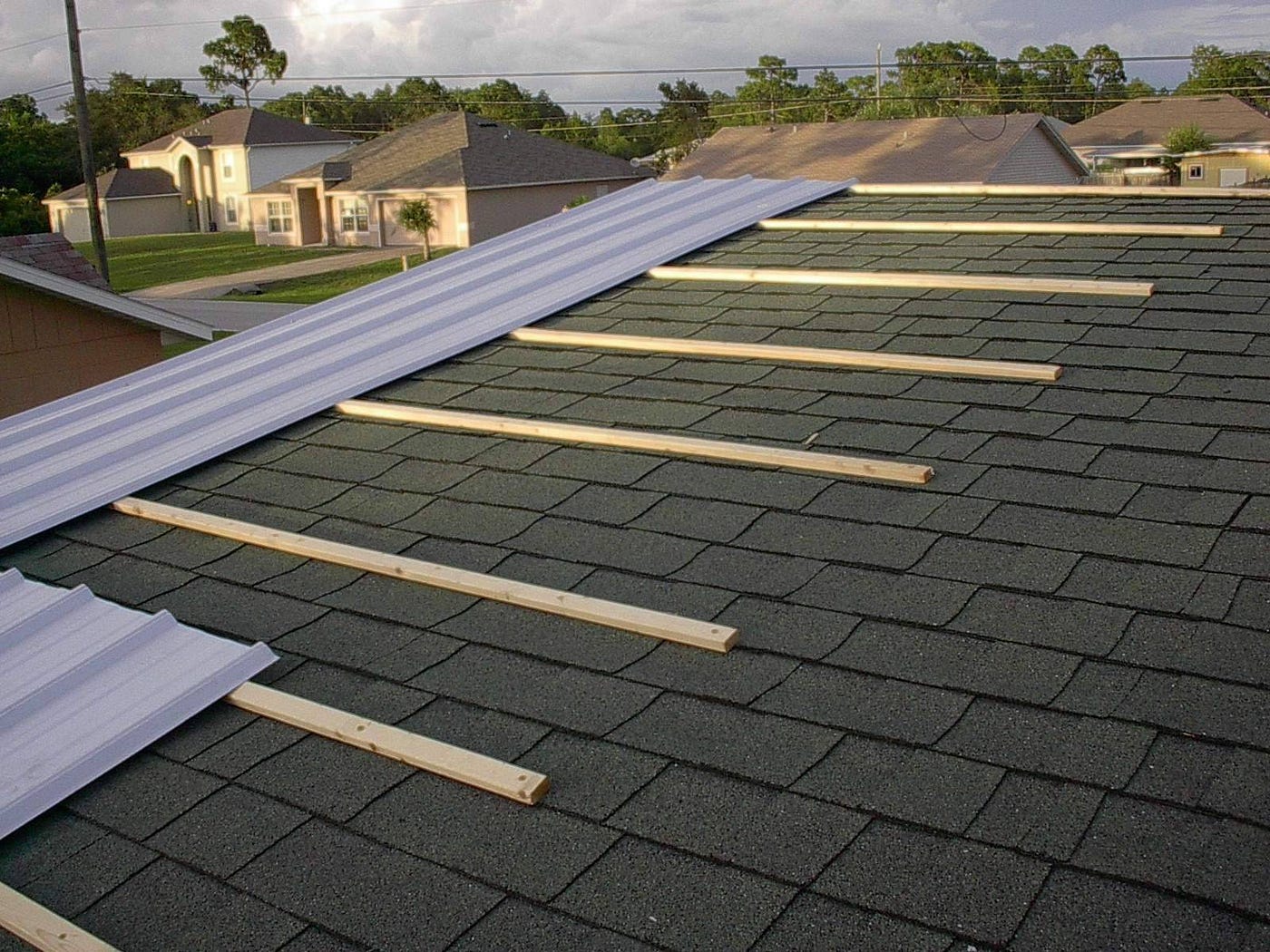
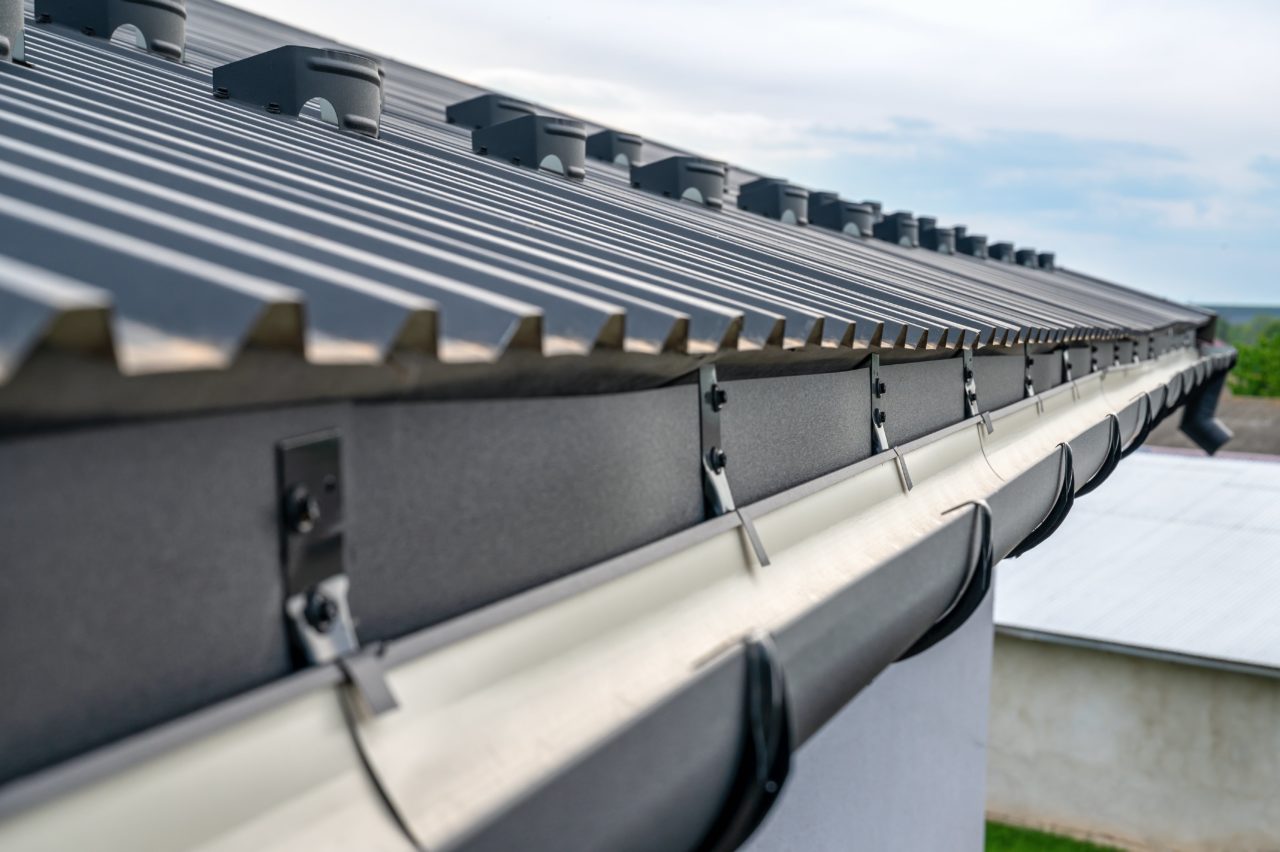
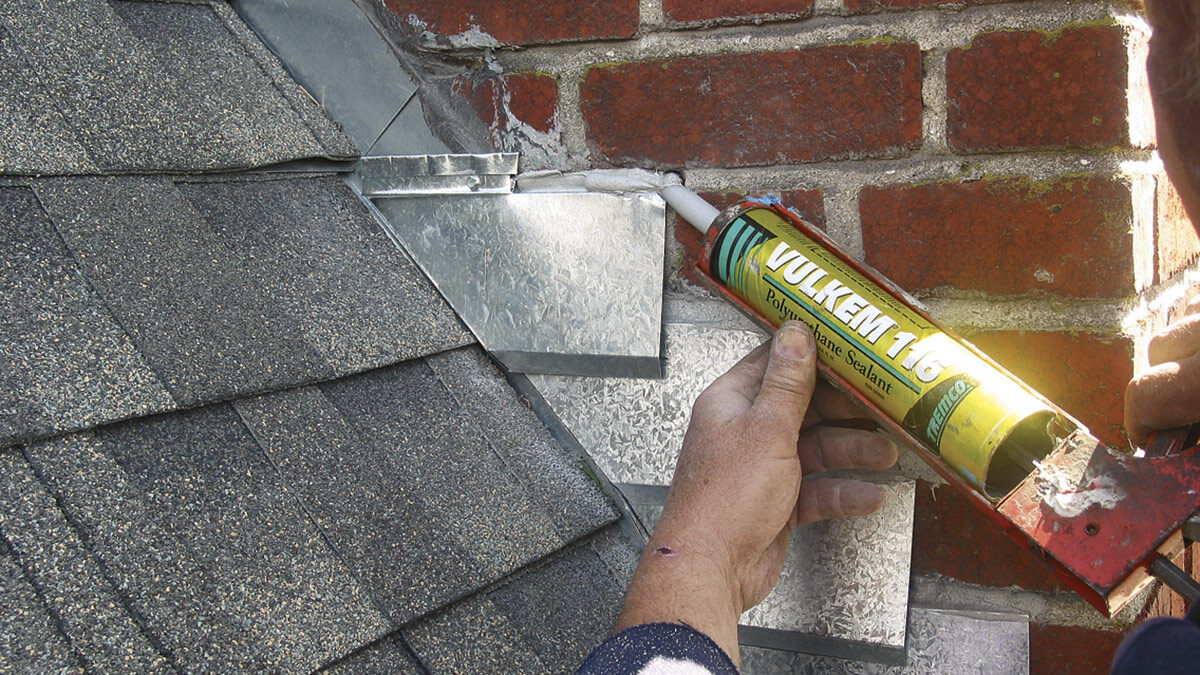

0 thoughts on “How To Measure For Metal Roof”